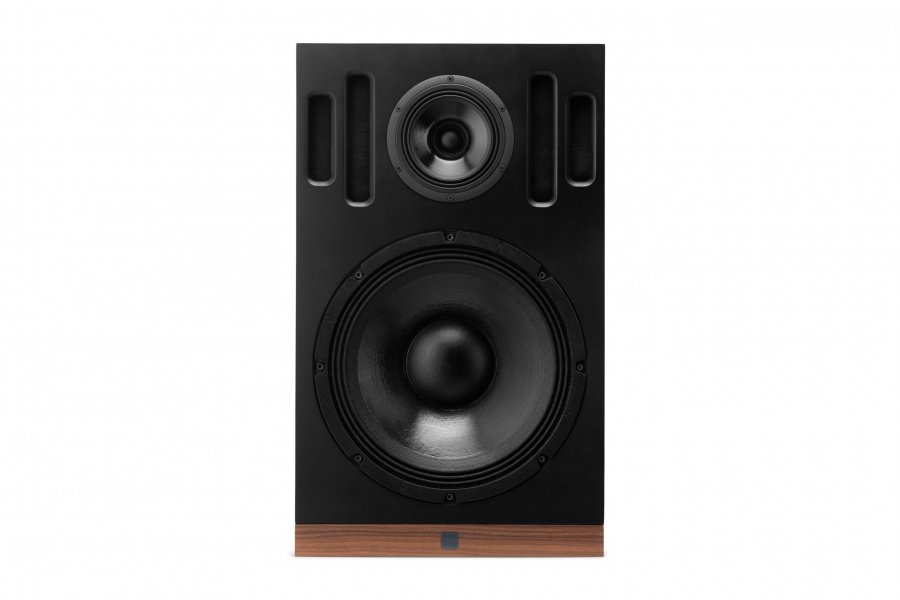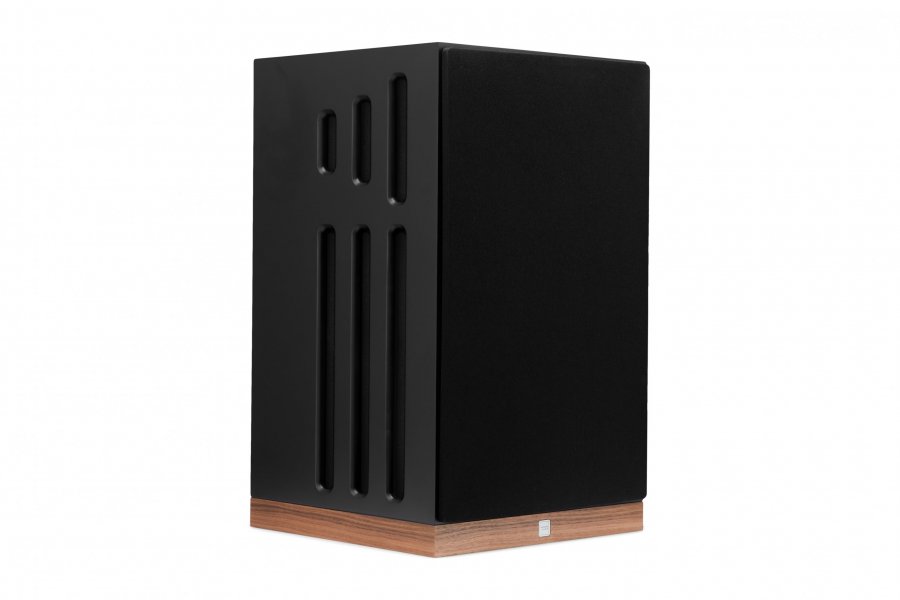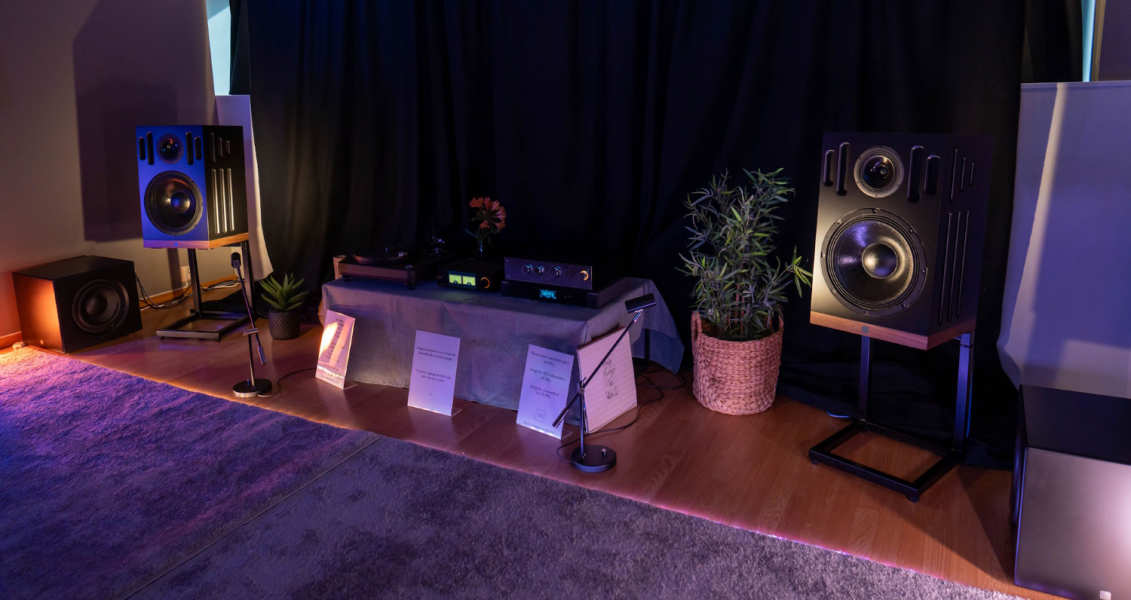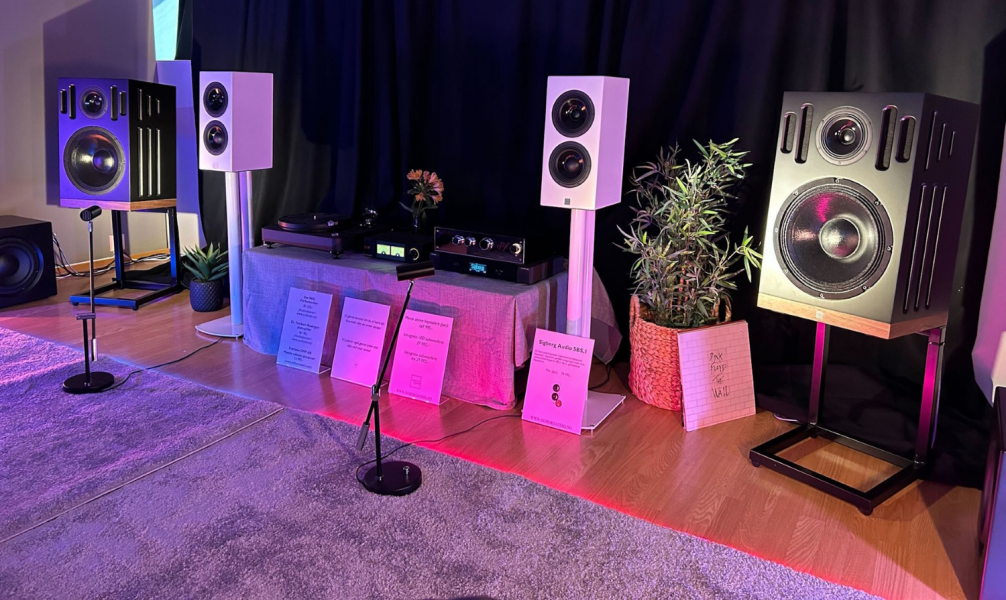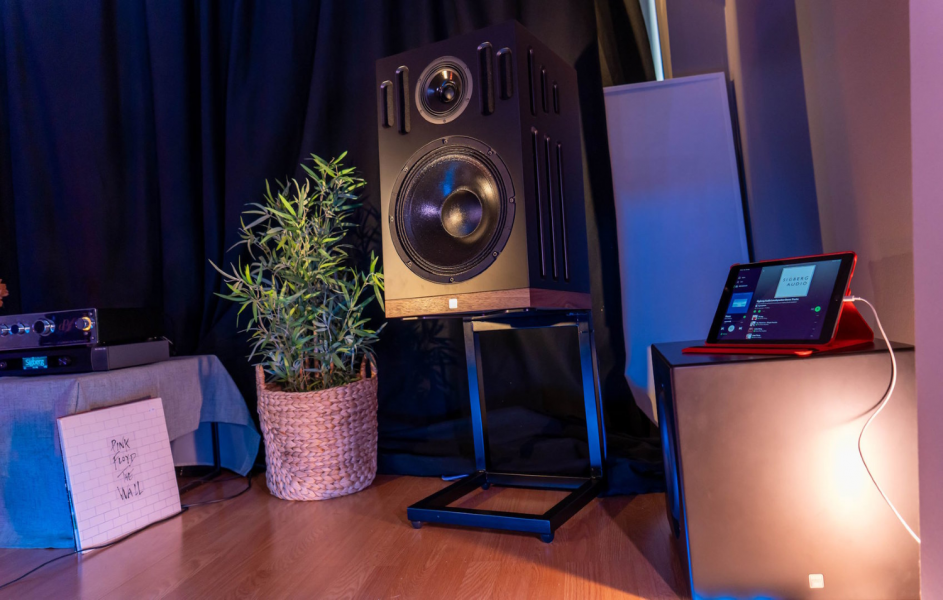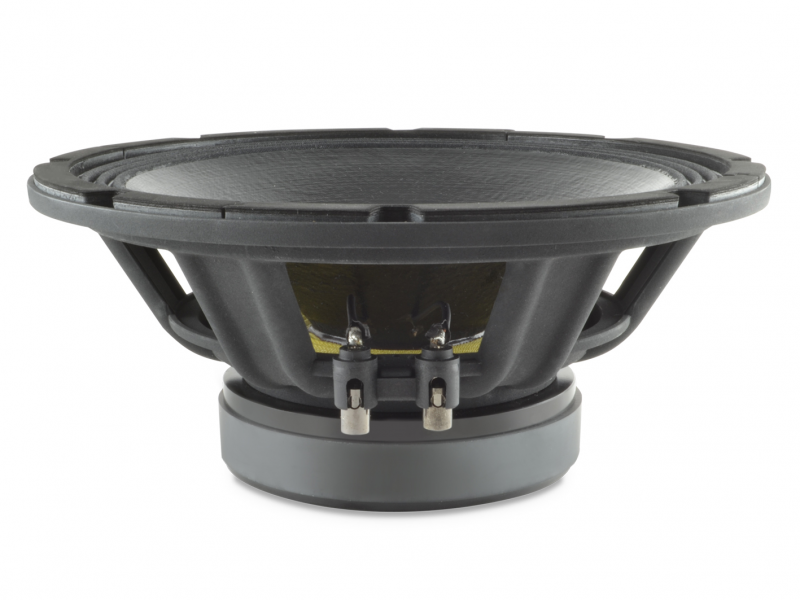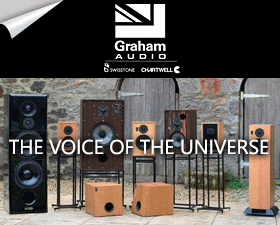Starting this thread to share a bit about our flagship active speaker / monitor, the Sigberg Audio Manta!
The Manta was launched summer 2023, and it is unique in many respects. What if you could have a speaker system that ensured tight, even bass and great soundstage in a normal living space? That's what the Manta provides.
Some key points about the sound:
- The imaging, soundstage and immersive qualities of the Manta is beyond anything I have ever heard, including speakers at many many times its price.
- The Mantas reduce the impact of your room, allowing you to hear more of the spaciousness and spatial cues from the actual recording rather than reflections from your own room. It doesn't sound like the artist is in your room, it sounds like you are in the room where the recording was made.
- Building on the previous point; While all speakers including the Manta benefit from a good acoustic space, the Mantas maintain the ability to sound good even in less than perfect rooms better than most speakers.
- Designed to present a rich, natural sound signature, giving special emphasis to the upper bass / lower midrange, where many speakers struggle.
- We spend huge amounts of time ensuring our speakers sound good across genres.
- Many speakers also struggle with complex material like rock for a number of reasons. Our speakers do not. You don't have to limit yourself to "hifi recordings", all music sound better with the Mantas.
- Sold as a speaker system together with preferrably dual subs, they provide true full range sound, typically extending to 16-18hz in-room
Some key points about the design:
- Dual, passive cardioid systems, the lower enclosure covering 100-600hz, the upper enclsoure covering 600hz up to where the cardioid dispersion merges naturally with the narrowing directivity of the tweeter. More on cardioid below.
- An extremely capable coax driver with high quality and high capacity. The midrange is modeled purposely to act as a waveguide for the tweeter.
- A twelve(!) inch high sensitivity, high capacity midbass driver covering 100-600hz.
- 600 Watts of Hypex amplification per speaker, with three individual channels powering each individual driver
- Zero distortion and extreme capacity, max SPL 122dB@1m per speaker.
- Designed to be paired with our subwoofers (preferrably two) for true full range reproduction. Both the speakers and the subwoofers are designed to merge perfectly as a 4-way system, no configuration or complicated setup necessary.
- The speakers are 360x600x350 mm (~14x24x14 inches), total height is 107cm / 42 inches on the included custom, one piece stainless steel stands.
What is cardioid, and why does it matter?
Traditional speakers radiate sound in all directions. This means less energy at the listening position and severe reflections from the walls. This leaves you with a distorted and inferior version of the original sound.
The unique enclosure of the MANTA has a cardioid radiation pattern over a wide frequency range. This means MANTA radiates most of the energy towards the listener. You hear the music directly from the source instead of reflected off your walls. This is part of what enables the incredible soundstage and immersive sound of the Mantas.
The graph below indicates the reduction in energy directed backwards (towards your front wall) compared to a traditional speaker:
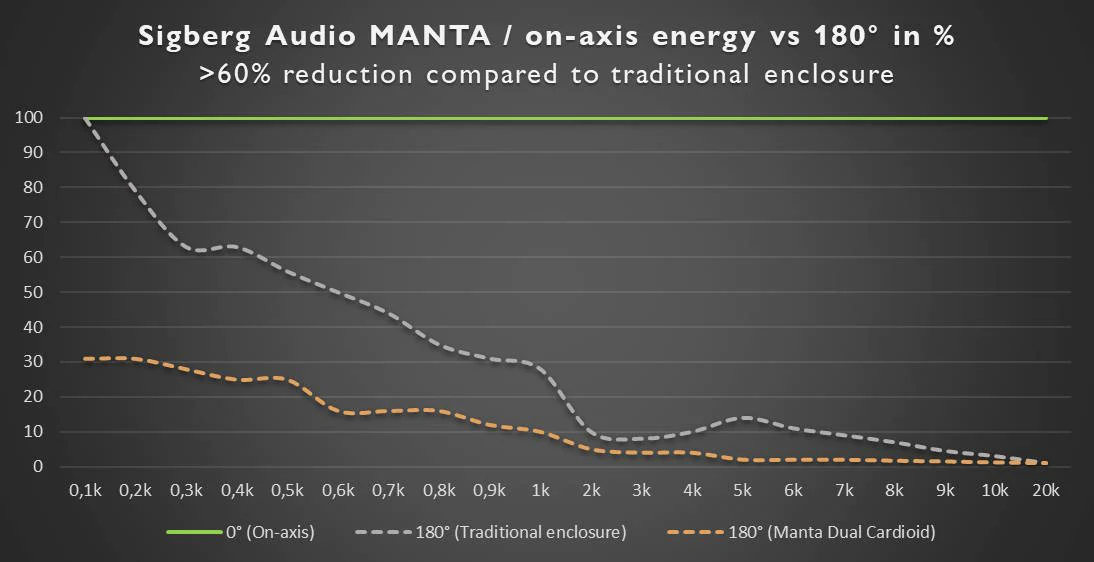
Speaker system / Subwoofers
One of the reasons the Mantas have such an extreme capacity, is that it does not try to play deep bass. The 12" driver is a midbass driver, with a different suspension and significantly lighter cone than what you'd traditionally see in a full range speaker. The speaker crosses over to subwoofers at 100hz, and for those who worry - the integration is perfect. The sound is like that of massive, high-end floorstanders, only with even better and more coherent bass. The subwoofers can be connected directly from the speakers via XLR, so no special equipment or outputs is necessary from your preamp or source.
Frequency response & sound
The Mantas are designed to give a smooth, downwards sloping response in-room. The anechoic response is +/-2.5dB. Anechoically there's a slight rise in the midbass to account for the fact that this area is usually lean in most listening rooms due to reflections and cancellations. As evident in the graph, the speakers roll off hitting -6dB at around 80hz. This is by design as they are part of a speaker system where subwoofers will cover the lowest octaves.
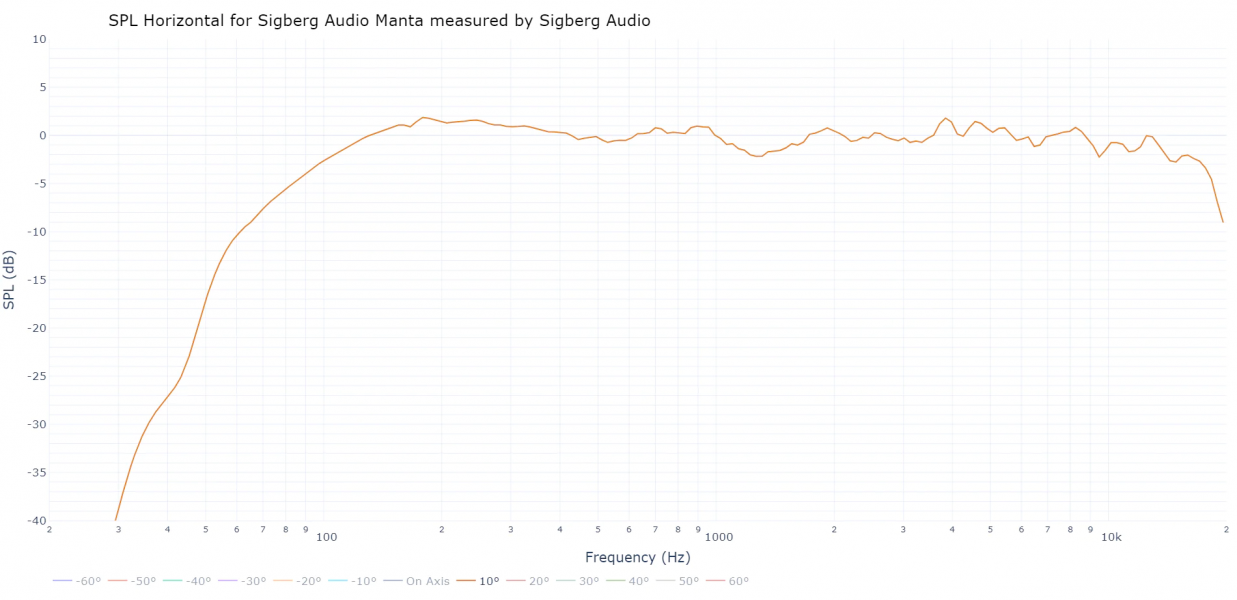
That's it for now!
You can read even more details about the Mantas here: https://www.sigbergaudio.no/collections/all/products/sigberg-audio-manta-1-active-speakers
And I would also be more than happy to answer any and all questions!
Last edited:
















